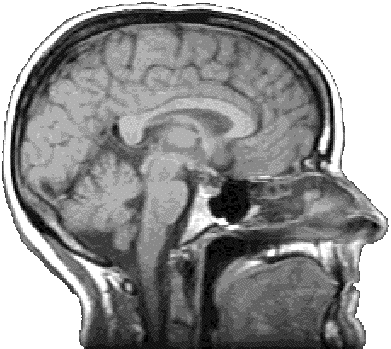
|
Project Overview
- Emotions are the internal parameters operating in
the brain to assist the recognition of the external
environment for appropriate responses from within and
without.
- This project examines what are the essential parameters
that characterize different emotions, and addresses
the roles of emotions in governing behaviors of an
animal or an autonomous robot.
- Define what emotions are and how they are used functionally
in organisms, and derive them based on first principles
without any a priori assumptions about what emotions
are and what they are used for.
Rationale
- We want to derive the basis of emotions from first
principles in the control of behavior in an organism.
That is, we do not make any a prior assumptions about
what emotions are in retrospection subjectively. Rather,
we will derive the necessity of emotion in facilitating
the realistic operation of an organism or a robot encountered
in the real world.
- That is to say, imagine that we created an organism
or a robot, what are the essential autonomous controlling
principles that are needed to operate in the real world
successfully. How would emotions allow an organism
to survive better compared to an organism without any
emotions?
Research Objectives
- We examine and identify what emotions are and what
they are for in terms of autonomous control of an organism.
Specific Goals
- We investigate and identify the parameters that govern
each of the specific emotions, and determine how they
are related to the operation of the behavior of the
organism or an autonomous robot.
The Challenge
- We want to identify and verify whether the specific
parameters of the emotional model we created would
correspond to the emotions found in various animals.
The Solutions
- See publication: Tam, D. (2007) EMOTION-I Model:
A Biologically-Based Theoretical Framework for Deriving
Emotional Context of Sensation in Autonomous Control
Systems. The Open Cybernetics & Systemics Journal,
1: 28-46. [EMOTION-I-model.pdf]
- See publication: Tam, D. (2007) EMOTION-II Model:
A Theoretical Framework for Happy Emotion as a Self-Assessment
Measure Indicating the Degree-of-Fit (Congruency) between
the Expectancy in Subjective and Objective Realities
in Autonomous Control Systems. The Open Cybernetics & Systemics
Journal, 1: 47-60. [EMOTION-II-model.pdf]
|
